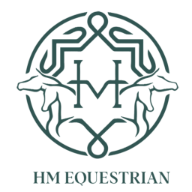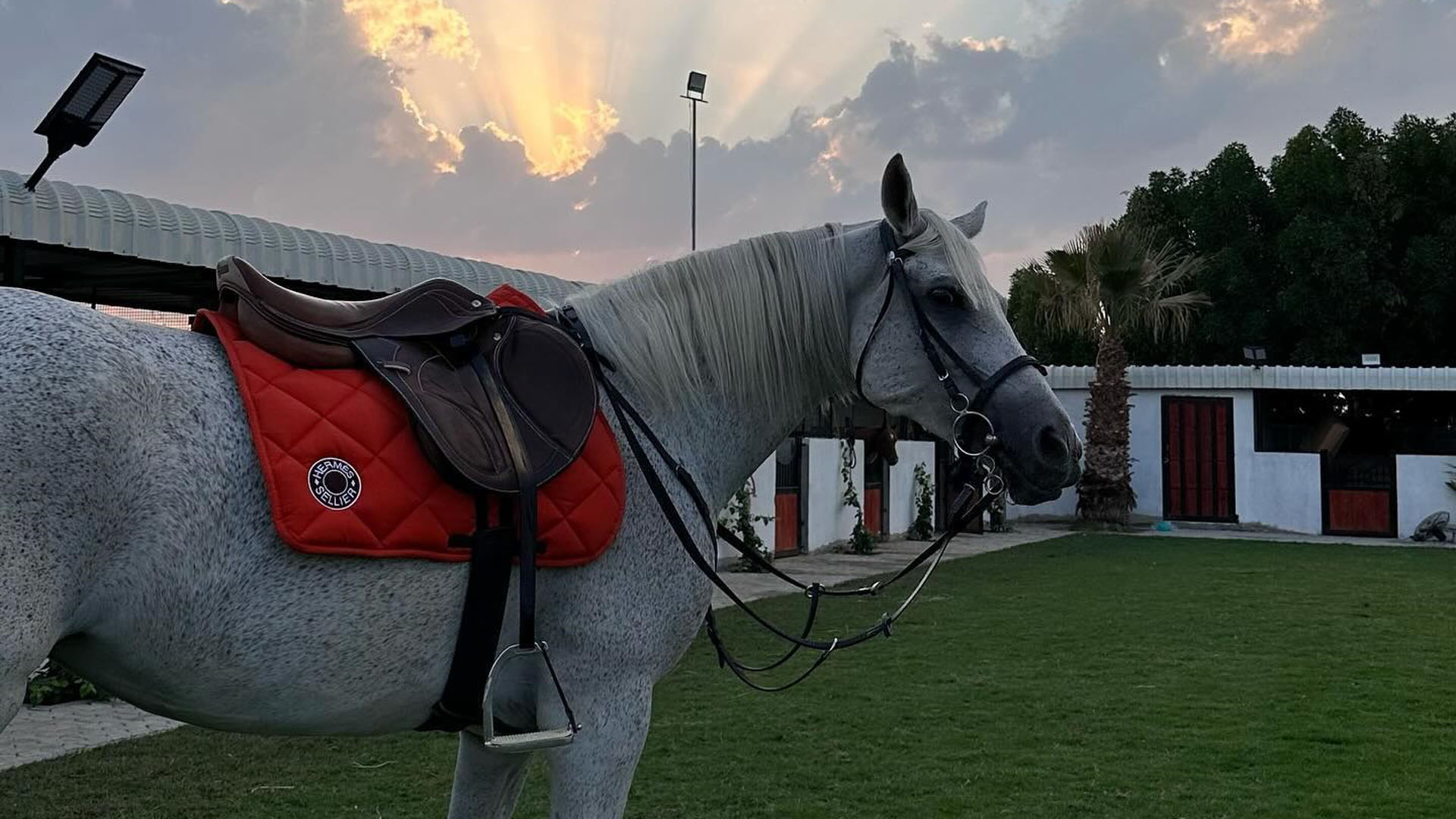Get in the saddle and travel with HM Equestrians for an exciting adventure! We recognize that every rider brings a different combination of abilities and experiences to the arena as you get ready for our exhilarating riding competitions. We value your safety and happiness above all else, which is why we've taken the time to thoroughly examine your riding abilities in our evaluation worksheet.
Imagine yourself riding a gorgeous horse through the landscape, the wind whispering stories of adventure. However, it's important to assess your own talents before mounting. This self-assessment is a thought-provoking process that reveals your talents and invites you to pursue unrealized possibilities. It's not just about checking boxes.
Together, let's navigate the intricate web of equestrian creativity. We explore every aspect of the sport, from learning the rhythm of your mount to being proficient with the reins. It's not just about talent here; it's about creating a bond with your horse, a graceful and harmonious dance.
Now get in your saddle, my darling rider, and let's go out on a journey of self-discovery. Imagine the countless opportunities that lie ahead of you in the field of superior horsemanship as you complete this assessment. Take on the task, enjoy the rush, and let your love of riding to fan the flames of exploration.
Together, one hoofbeat at a time, we'll reveal the real meaning of your riding adventure.
Examining the Skill Set of the Rider:
Is it Possible for the Rider...
Master climbing and descending confidently, without help?
Clutching the reins with grace between their ring and pinky fingers?
Learn to post at the trot, a rhythmic dance?
Accept the knowledge acquired from your riding lessons?
accrue innumerable kilometers while riding, developing skill with every step?
Ready for their next journey, do they outfit themselves with the equestrian's armor, including a helmet, riding boots, and clothes?
Command Proficiency:
Does the Rider have the ability to...
Easily lead and stop their horse at any pace—walk, trot, canter, or gallop?
Allow the horse to switch between its gaits on their own initiative?
If necessary, regain control by skillfully returning their horse to a walk?
With grace, handle and use aids like spurs, a dressage whip, and/or a crop?
Proficiency in Equine Care:
The Rider is knowledgeable about...
Taking care of their equine with routine tack, which includes removing hooves and cleaning the stall?
equipping their horse on their own, boots and wraps included?
Having good barn manners, knowing how to tie cross ties, cleaning up manure, and keeping the place clutter-free?
Self-Assessment:
Does the Rider have the capability to...
Find a horse that fits in with them; does it need to be encouraged to move or does it need to be restrained?
As you assess their degree of confidence, keep these things in mind.
An experienced rider's confidence isn't always correlated with their skill level, even after years of training and experience.
As an example:
A rookie rider with steadfast drive may find comfort in trotting and cantering in a controlled setting atop a well-trained horse forgiving of mistakes made by the rider. But this does not automatically raise their level of proficiency unless they have received substantial training and coaching in the English style to become proficient in these gaits.
Terrain Guidance:
Does the Rider have expertise in...
keeping a safe distance from other horses, navigating an indoor arena while taking lessons, and becoming an expert at passing safely?
Getting used to different outdoor environments, such as riding in fenced-in circles or large open areas?
Overcoming the difficulties of riding in open fields, where the thrill of independence may present a bigger test of concentration and self-control?
navigating a variety of terrains with assurance and competence, including water crossings, uphill hikes (using a forward half-seat and handing reins), and downhill descents (keeping a leaned-back stance and handing reins)?
Spectrum of Skill Proficiency
We hope that this guidance will help you evaluate yourself as you assess your level of experience for your MRC Rider Profile. The English riding heritage is the foundation of these tiers.
A young rider has experienced some cantering, but not much, and is looking forward to more lessons. They are adept at posting on the proper diagonal when they are rising trotting.
They can ride and dismount a horse safely and handle it at a walk or trot with ease. Most of their riding adventures take place in enclosed spaces like indoor arenas or in the company of a leader on leisurely trail rides.
The confident intermediate rider moves through three different paces with grace and ease: walk, rising trot, and controlled canter. They exhibit the capacity to mount and off their horse on their own, using common English riding aids with ease. It's not difficult to ride at a rising trot for at least ten minutes, and you should be able to smoothly change pace from walk to trot. Short distances are welcomed with poise and control when cantering.
Advanced riders have ventured into outdoor environments and felt the rush of free-flowing terrain. They have demonstrated a commitment to their craft by actively participating in lessons and training over the last six months, carefully honing their abilities to meet and exceed the aforementioned requirements.
Conclusion
Please get in touch if you're interested in trying out new rides, going to higher levels, or learning about other fields. Our dedication at HM Equestrian is to give riders safe assistance during their journey. To build well-rounded, multidisciplinary cyclists, we actively encourage riders to experiment with different riding styles and training approaches. Your journey is waiting for you; let's get started!

